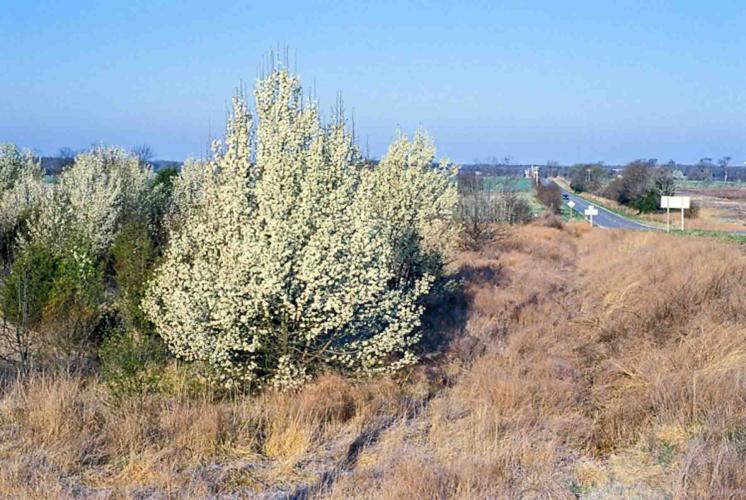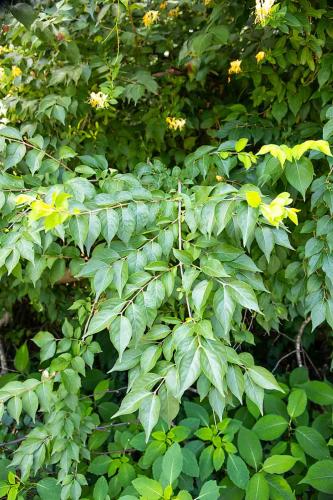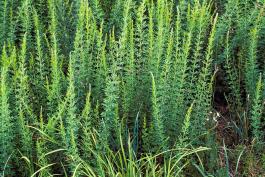Invasive Species Management
Missouri Invasive Plant Lists
All over the U.S., nonnative invasive plants are outcompeting native plants and disrupting ecosystems. Managing them is a never-ending challenge. With more than 140 invasive plant species recorded in our state, how do land managers decide where to focus their efforts?
To help answer this question, the Missouri Invasive Plant Council — a group of nonprofits, private industries, and federal and state agencies (including MDC) — established a list of Missouri’s top invasive plants. The plants were ranked by impact to Missouri’s natural communities, abundance, and how fast they are spreading. In 2021, a “Top 25 Overall” list and a “Top 25 Expanding” list were published.
“We prioritize the high impact species because they have the highest potential to do the most damage to our natural systems,” says MDC Invasive Species Coordinator Angela Sokolowski.
Using the lists, land managers can approach invasive plants strategically. Areas already overrun by invasives need attention, but it’s equally important to catch the high impact species before they become fully established.
“When an invasive species first arrives in an area, its impact stays low for a while,” Sokolowski explains. “Then there’s a stage where the population explodes. The further along in that timeline and the larger that population gets, the longer and bigger investment of time, money, and people it takes to achieve any sort of effective control. If we can recognize these species, we can treat them early and prevent a massive, broadscale takeover.”
The Missouri Invasive Plant Council ranks invasives not only for the state overall but also by region. You can learn which invasive plants to watch for in your area and what they look like at moinvasives.org/lists.
Missouri’s Top Invasive Plants at a Glance
Invasive plants are nonnative species that spread rapidly, often pushing out native plants, upsetting ecosystems, and reducing the quality of agricultural lands. Top overall statewide invasives:
- Sericea lespedeza
- Callery pear
- Bush honeysuckle
- Reed canary grass
- Garlic mustard
- Autumn olive
- Japanese honeysuckle
- Oriental bittersweet
- Himalayan blackberry
- Japanese stiltgrass
How You Can Help Slow the Spread of Invasives
- Learn which species are invasive.
- Remove invasive plants when you find them.
- Landscape with native plants.
Native plants offer more value to wildlife and often require minimal care since they are adapted to our soils and climate.






And More...
This Issue's Staff
Editor - Angie Daly Morfeld
Associate Editor - Larry Archer
Photography Editor - Cliff White
Staff Writer - Kristie Hilgedick
Staff Writer - Joe Jerek
Staff Writer – Dianne Van Dien
Designer - Shawn Carey
Designer - Marci Porter
Photographer - Noppadol Paothong
Photographer - David Stonner
Circulation - Laura Scheuler






















